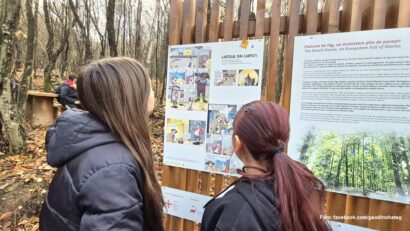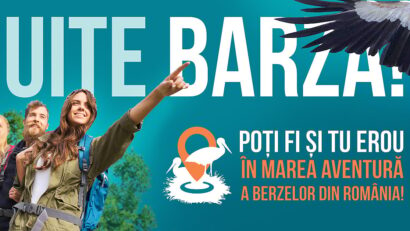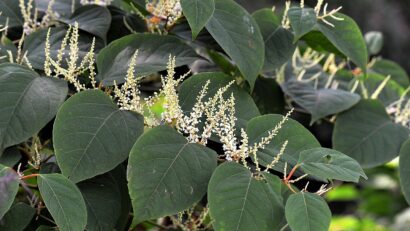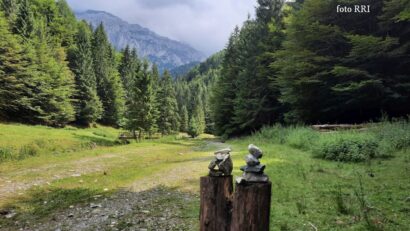The European Bison in the Carpathian Mountains
Projects are underway to reintroduce the bison into the wild
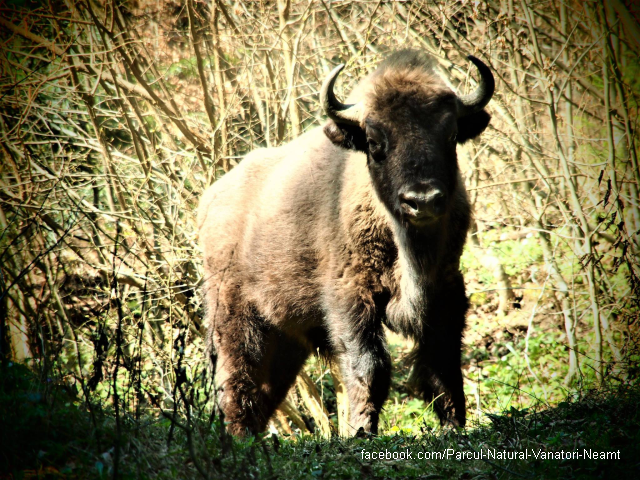
România Internațional, 31.01.2020, 14:00
The European bison is a Eurasian
species of bison that has become increasingly endangered in Europe. Due to
excessive hunting, poaching and the ever shrinking of its natural habitat, the
European bison has become extinct in many countries. The last bison population
disappeared in Western Europe as early as the 11th century, with
Eastern Europe still home to a healthy bison population until 1927. The last
bison was killed in Moldavia in 1762, and in 1790 in Transylvania. The only
country that continued to host bison population was Poland, which is to date
the country with the highest number of free-roaming bisons. Romania too is
making efforts to reintroduce the bison into the wild in various areas of the
Carpathian Mountains, in Neamt, Caras-Severin and Hunedoara Counties. At the
end of 2019, the Conservation Carpathia Foundation kick-started a new project
to reintroduce the bison in the Fagaras Mountains. As the bison population keeps
growing, the degraded habitats will be restored and the wildlife will be
reinvigorated. Adrian Aldea, a specialist with the Conservation Carpathia
Foundation, told us more:
We are talking about a wider
project carried out by the Conservation Carpathia Foundation, to create a
wildlife habitat, one of the biggest in Europe, where we plan to reintroduce
the beaver and the bison where these species are missing. The European bison is
missing from most areas of the country, except those where this species was
forcefully reintroduced. It is a majestic animal, currently on the endangered
list, an umbrella species that can contribute to the introduction of other
species, that would help rebuild the food chain. Our project entails the
creation of three reintroduction areas, and for five years we will be bringing
some 30 European bisons to each of these locations. After ensuring a period of
acclimatization and quarantine, as per the sanitary and veterinary regulations
in place, the bison population will be released in the wild. We have 11 bisons
in quarantine right now which will be monitored. They are fitted with GPS
tracking collars, allowing us to see the areas they cross, which habitats they
prefer. The bisons are brought from reproduction centers in Europe and in
Romania, and their selection is based on the genetic profile. At present we
have 4 bisons from Germany and 7 from Poland.
The Southern Carpathians are
currently home to the largest wild area in Europe, spreading over three
protected sites: Retezat National Park, Domogled-Cerna Valley National Park and
the Tarcu Mountains Natura 2000 site. As early as 2014, Rewilding Europe and
WWF Romania have been carrying out a project to reintroduce the bison in these
locations. Today, dozens of bisons are roaming free between the two areas in
Tarcu and Poiana Rusca Mountains, and the project is set to continue until
2021. The authorities want to use the wildlife to increase biodiversity and
boost the sustainable development of local communities. Matei Miculescu is a
bison ranger in Tarcu Mountains.
Right now we have some 50 bisons
roaming free. The bisons are adjusting quite well, we even have 6 bisons born here
in 2019. Their habitat spreads some 100 square kilometers. In Armenis, with the
bison reintroduction project, we have an opportunity to develop local tourism.
Eco-tourism will attract more people, considering that Armenis hasn’t fared
quite well in this respect. We have designed a few packages for tourists who
want to visit the area and enjoy nature, admiring the free-roaming bisons
together with local guides, even sleep outdoors, in safari-like tents, during
the summer season. To promote this type of tourism, we are cooperating with the
European Safari Company based in the Netherlands, but we have also set up our
own websites. One such website is magurazimbrilor.com, where people can see
what’s happening in Armenis, and our second website is nearly ready. Here
everyone interested can find out more about the nature outings we are going to
start this year. We will have a three-day package with hikes, trying to spot
free-roaming bisons, and longer trips with a focus on reconnecting with nature,
learning new things about the bisons and birds.
As soon as bisons were brought to
Armenis, the locals have set up a local association called Magura Zimbrilor
Armenis, offering agri-tourism services. Matei Miculescu:
We have a few ongoing projects,
one infrastructure project we are conducting jointly with the Armenis Town
Hall. We are trying to build some green houses, in harmony with nature, to
accommodate tourists. We also thought of setting up a community kitchen that
will try to cook local products, such as fruit, vegetables, dried fruit, jams,
zacusca and so on.
The Vanatori Natural Park in Piatra
Neamt is also carrying out a project of reintroducing bisons into the wild. It
is the only place in Europe where bisons can be found both free and in
captivity.
(Translated by V. Palcu)

